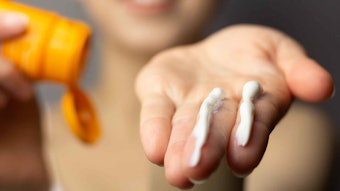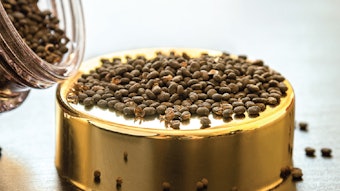Skin protection against ultraviolet (UV) radiation has become a necessity as the connection between serious skin conditions and a changed lifestyle has become more obvious in recent years.1 This has led formulators to use UV filters not only in sunscreens, but also in face care products. Modern sunscreen formulations with high sun protection factors (SPFs) often rely on a mixture of organic and inorganic UV filters. For UVB protection, titanium dioxide (TiO2)-based materials are an addition or alternative to organic UV filters as they efficiently help to prevent sunburn without the inherent drawbacks of organic UV filters, such as light degradation and in some cases, an unfavorable toxicological profile.2 Further, the German Federal Institute for Risk Assessment (BfR) has come to the conclusion that TiO2 UV filters do not penetrate the dermis and pose no risk for the consumer.3
Titanium Dioxide
When first introduced, TiO2-based UV absorbers had a tendency to impart a whitening effect when applied to the skin. This whitening is not surprising, given the fact that several million tons of TiO2 are used as a white pigment in coatings and plastics due to its very high refractive index: 2.493 for anatase and 2.616 for rutile.4 However, to meet the cosmetic industry’s requirement for sunscreen formulations that efficiently filter out UVB radiation but have a low whitening effect, TiO2 grades with optimized properties were developed as early as the 1970s. For instance, by decreasing the primary particle size of TiO2 pigments, their ability to scatter visible light was reduced while maintaining a high UV-scattering ability.










